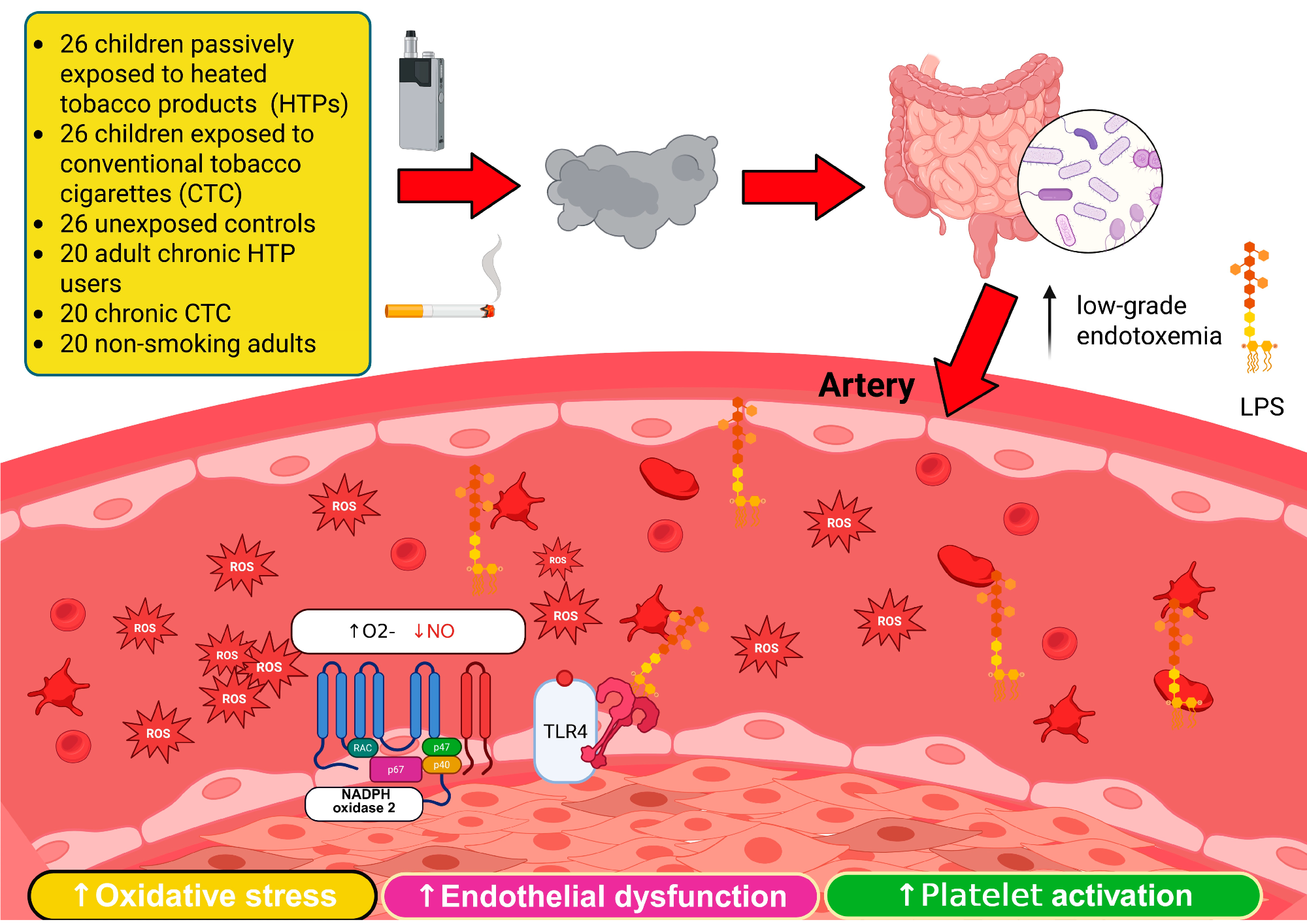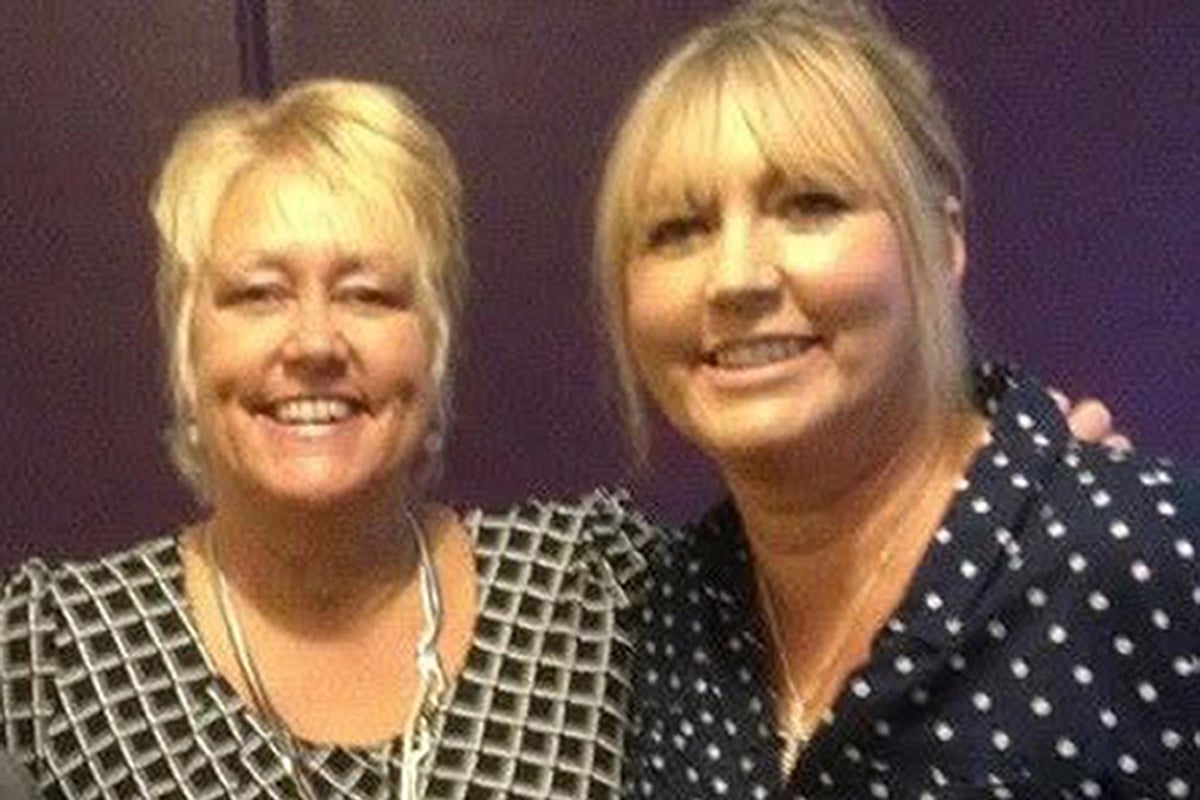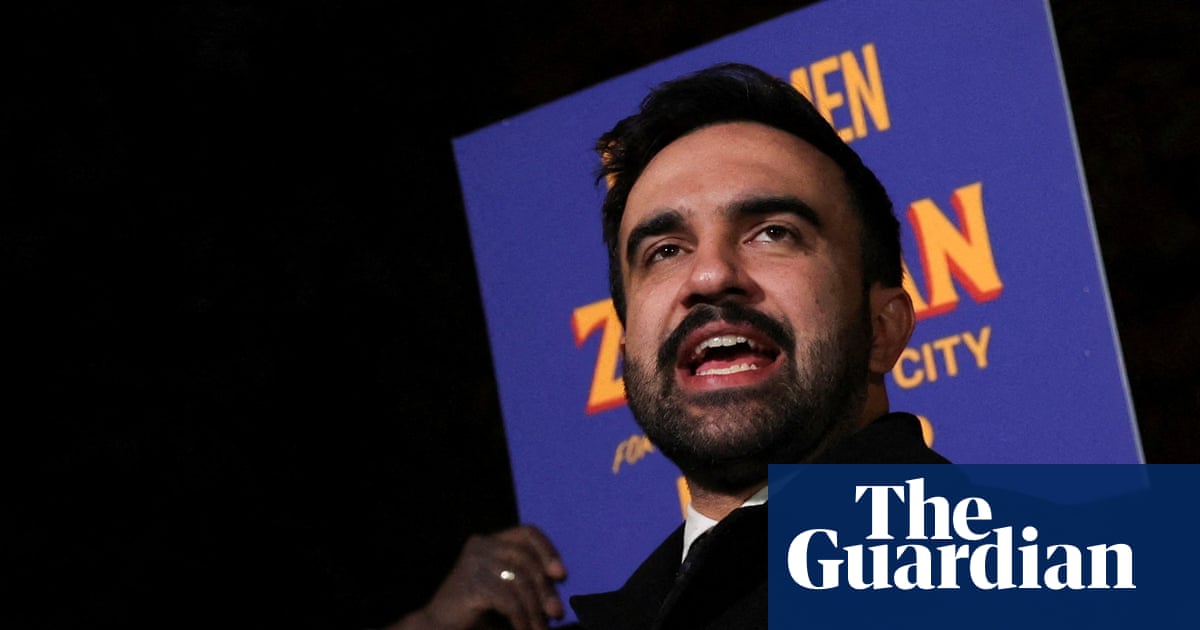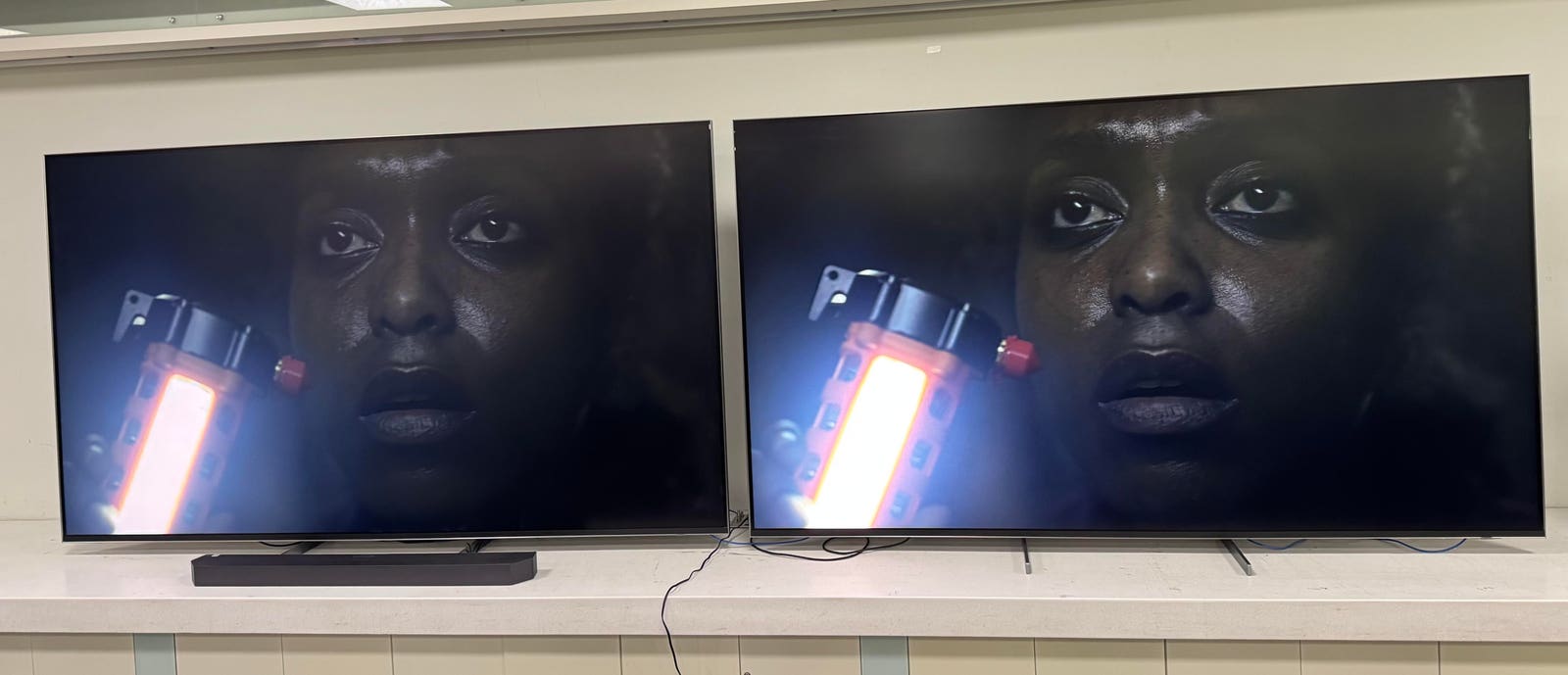Both traditional and heated tobacco exposure, whether active or passive, were linked to intestinal permeability, oxidative stress, and endothelial dysfunction, revealing that “smokeless” doesn’t mean harmless.
Review: Tobacco…

Both traditional and heated tobacco exposure, whether active or passive, were linked to intestinal permeability, oxidative stress, and endothelial dysfunction, revealing that “smokeless” doesn’t mean harmless.
Review: Tobacco…

John Lewis is hoping that a dash of nostalgia will get consumers into the festive mood this year as it officially kickstarts the countdown to Christmas with the launch of its 2025 advert to the tune of the 1990s club classic Where Love Lives.
The…

Sarcomas represent one of the most heterogeneous groups of malignancies, encompassing more than 70 distinct histologic subtypes and numerous ultrarare entities. Despite their diversity, sarcomas generally exhibit a low mutational burden, which…

A woman who endured fertility issues after being exposed to a drug linked to a rare cancer…

On the eve of New York’s well-watched mayoral election, President Donald Trump issued a threat to its voters: stop Zohran Mamdani or pay.
“If Communist Candidate Zohran Mamdani wins the Election for Mayor of New York City, it is highly…

John Lewis has turned to a surly teenager giving his father the Christmas gift of a memory-laden ’90s vinyl for its highly anticipated…
This request seems a bit unusual, so we need to confirm that you’re human. Please press and hold the button until it turns completely green. Thank you for your cooperation!

Let’s ride Yoshi in space!
Tonight, on The Stevetendo Show, we’re jumping back into the vastness of space for Super Mario Galaxy 2. I hope everyone had a nice…

Samsung has revealed a new upgraded version of its premium HDR10+ picture format that’s designed to improve the high dynamic range experience across everything from brightness and tone mapping to motion and color – with benefits targeted at…